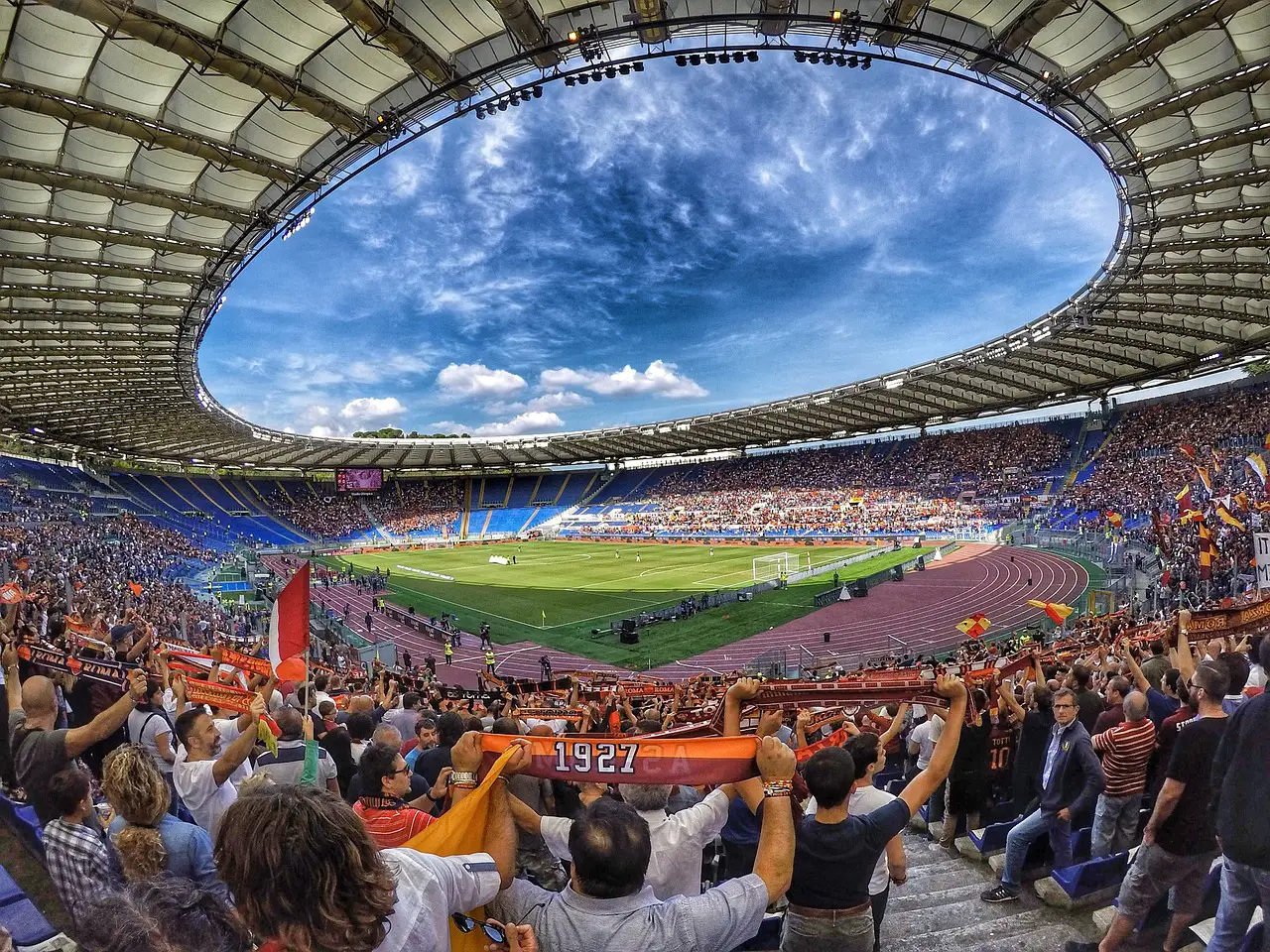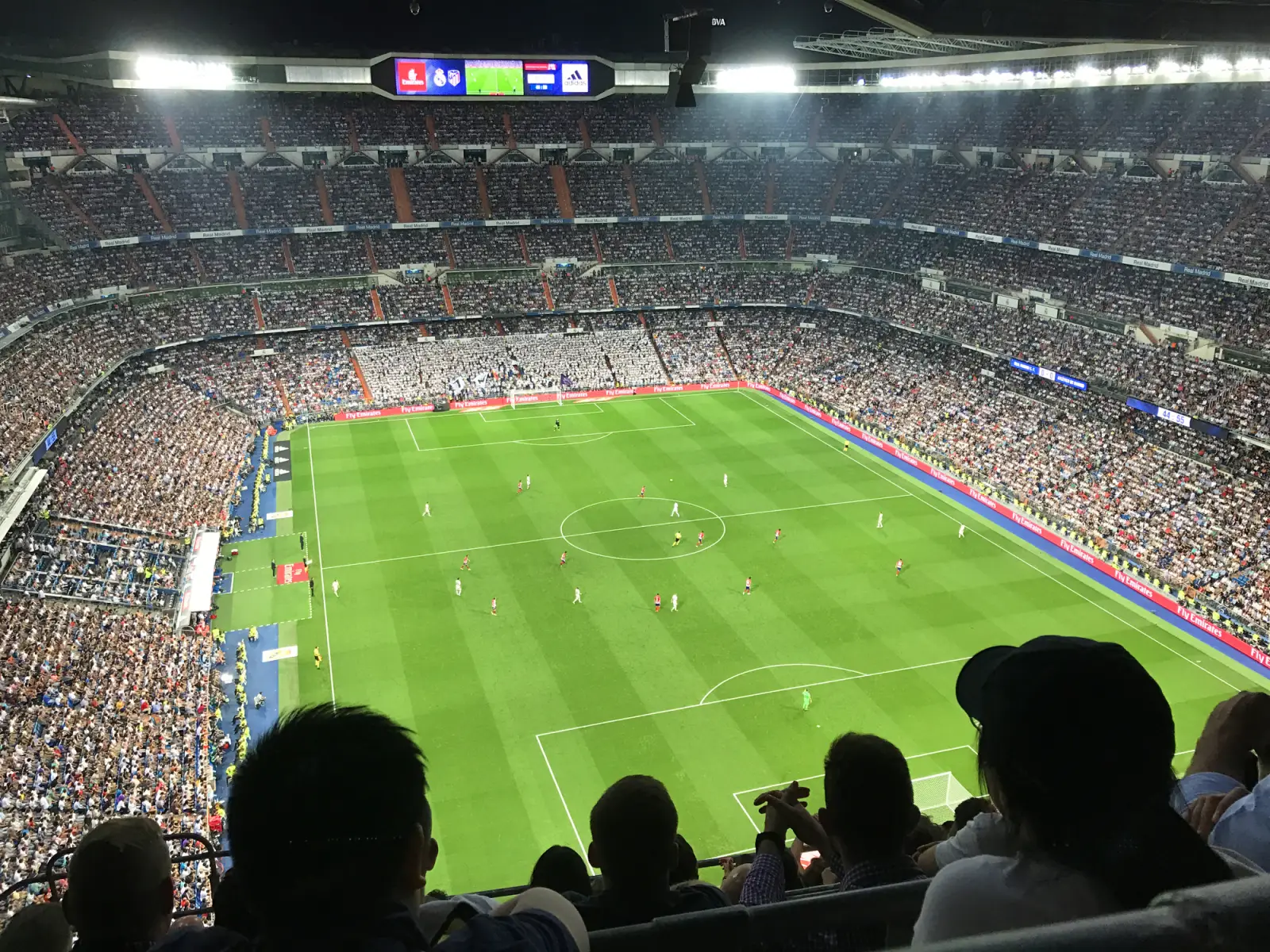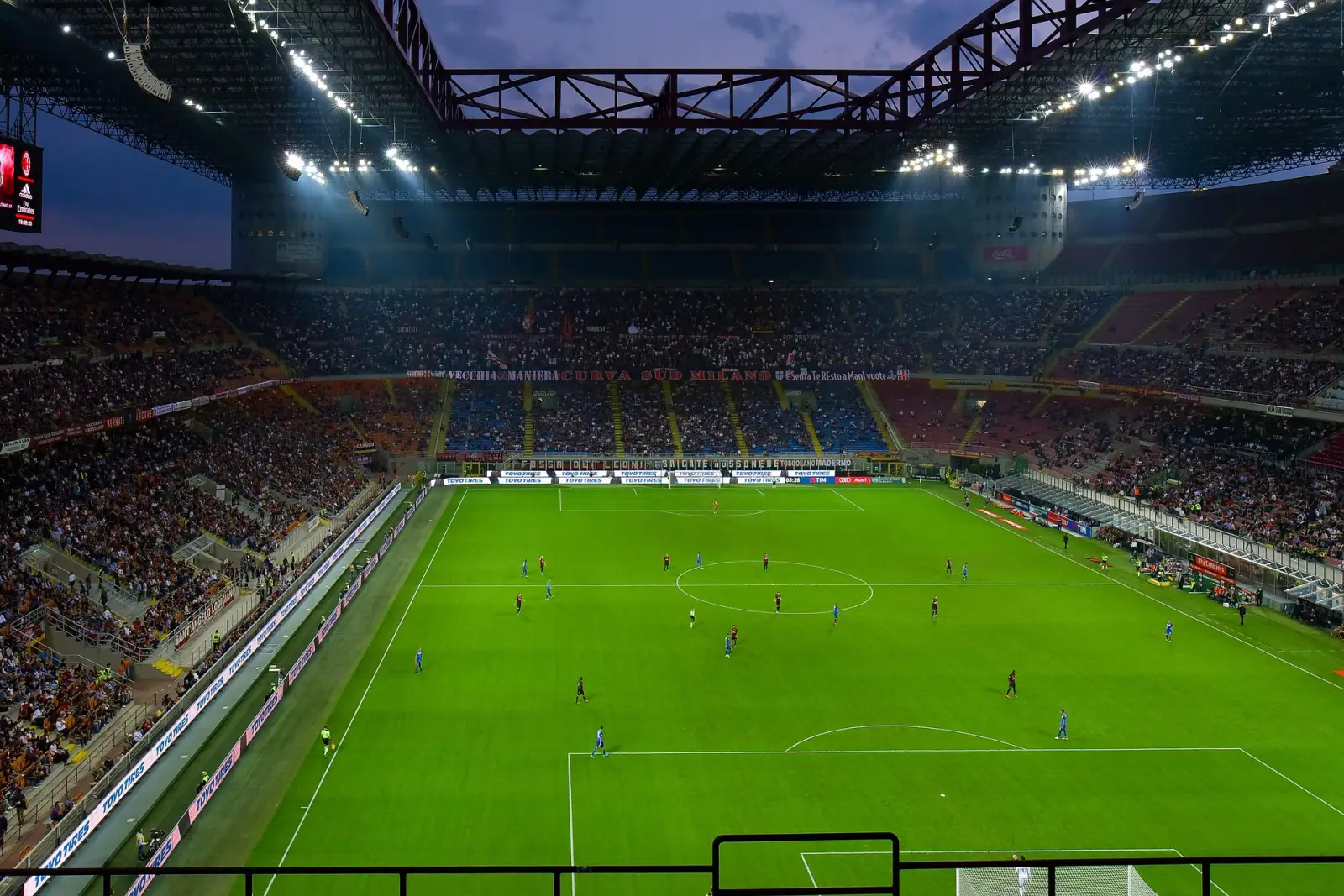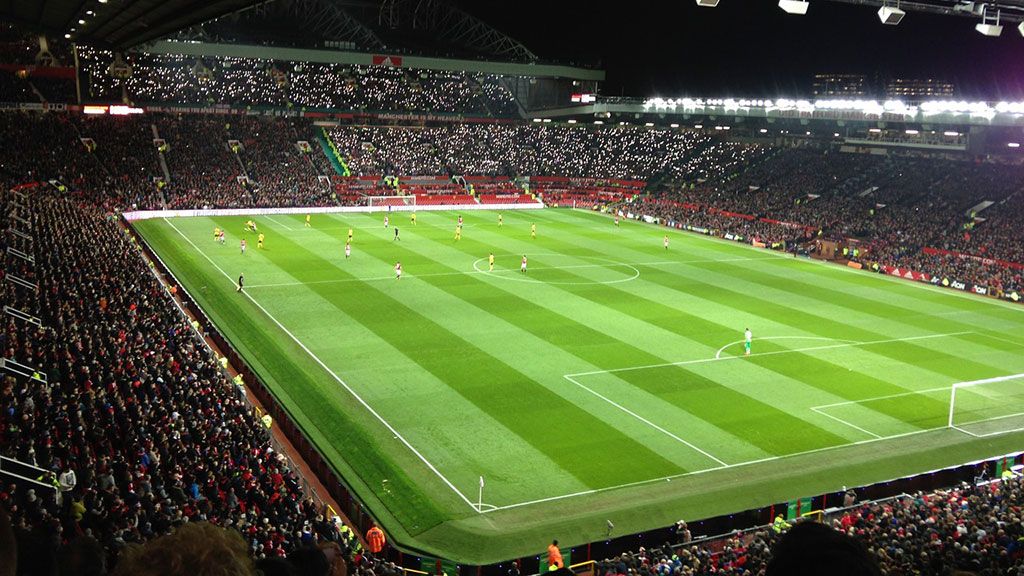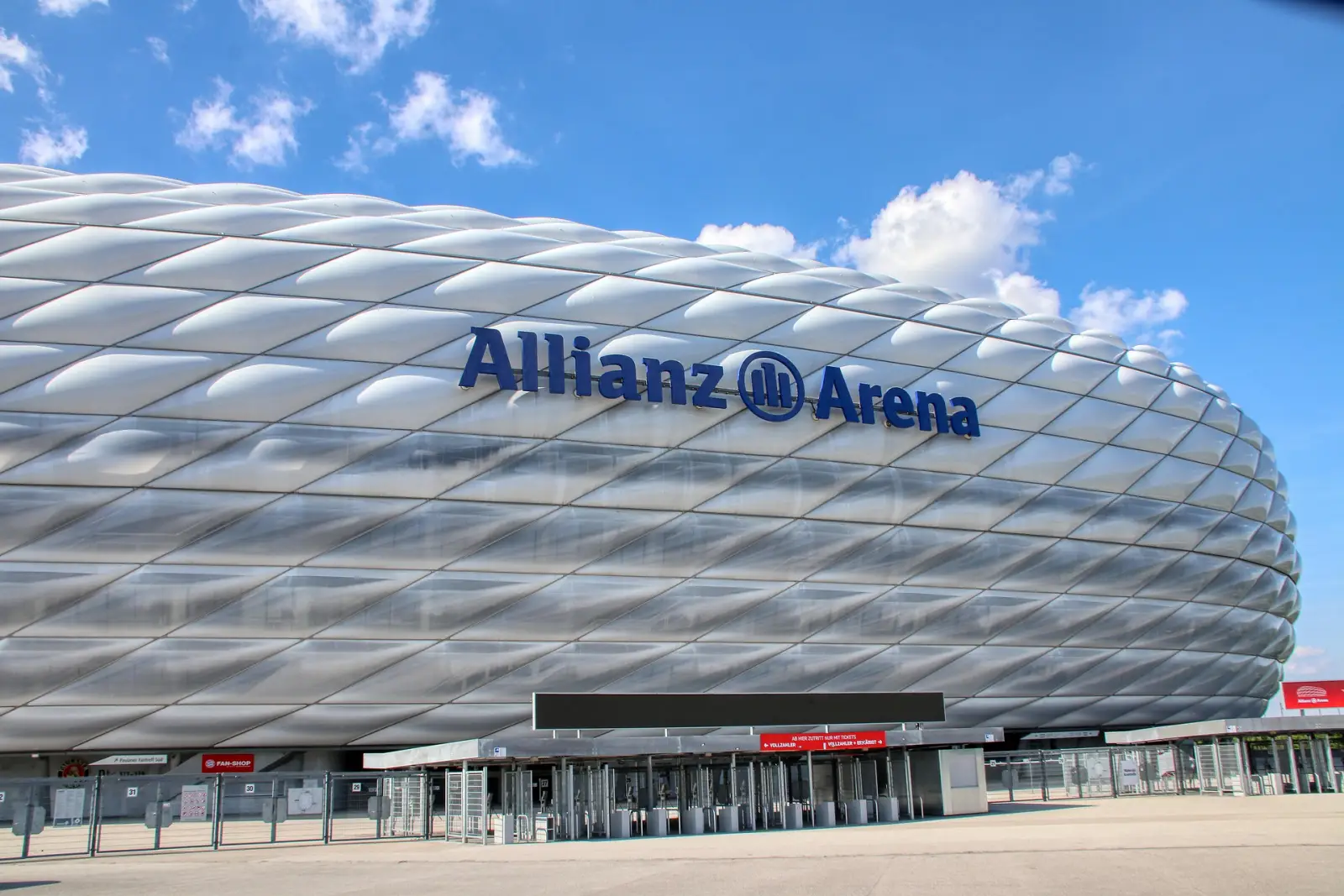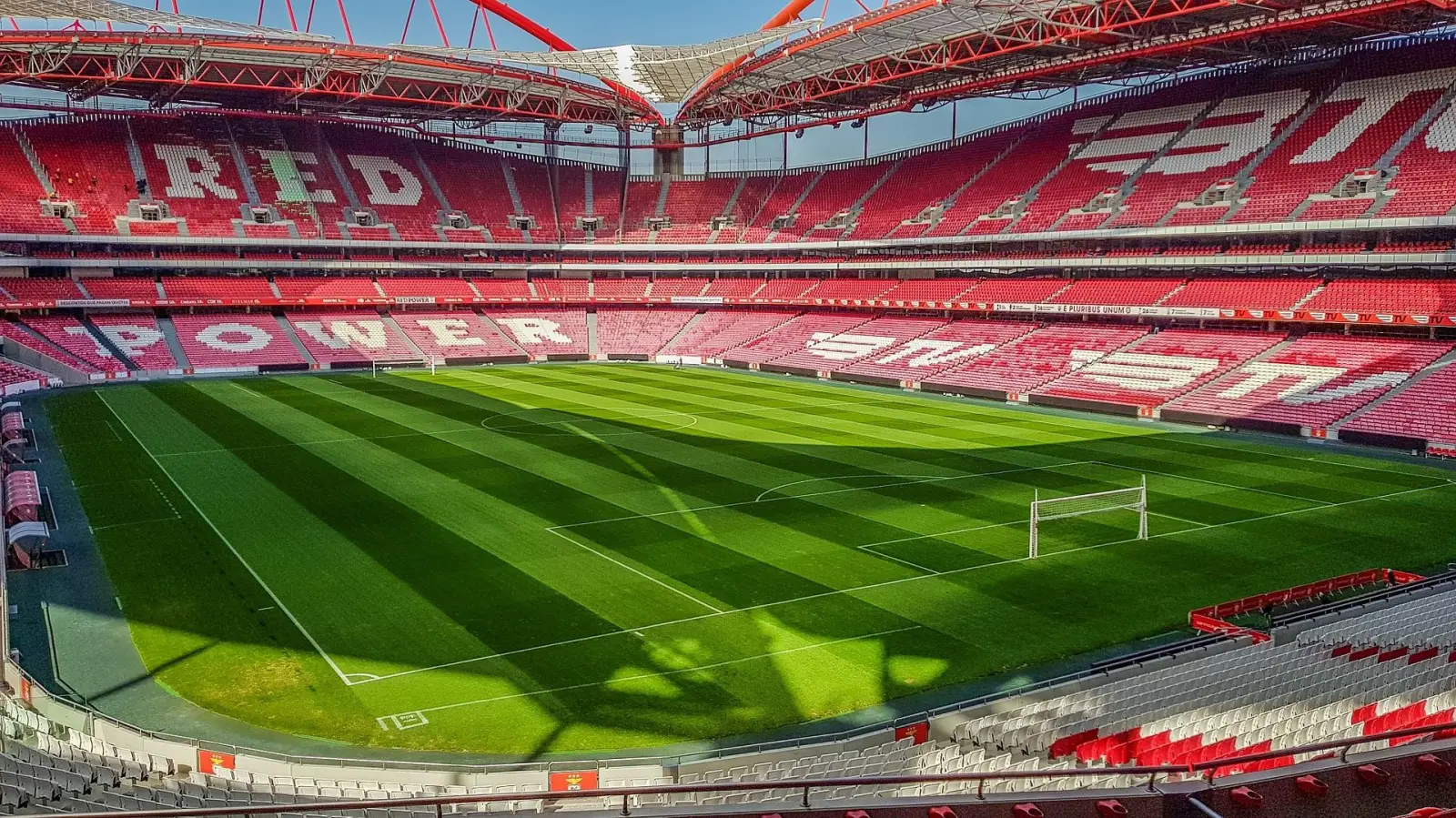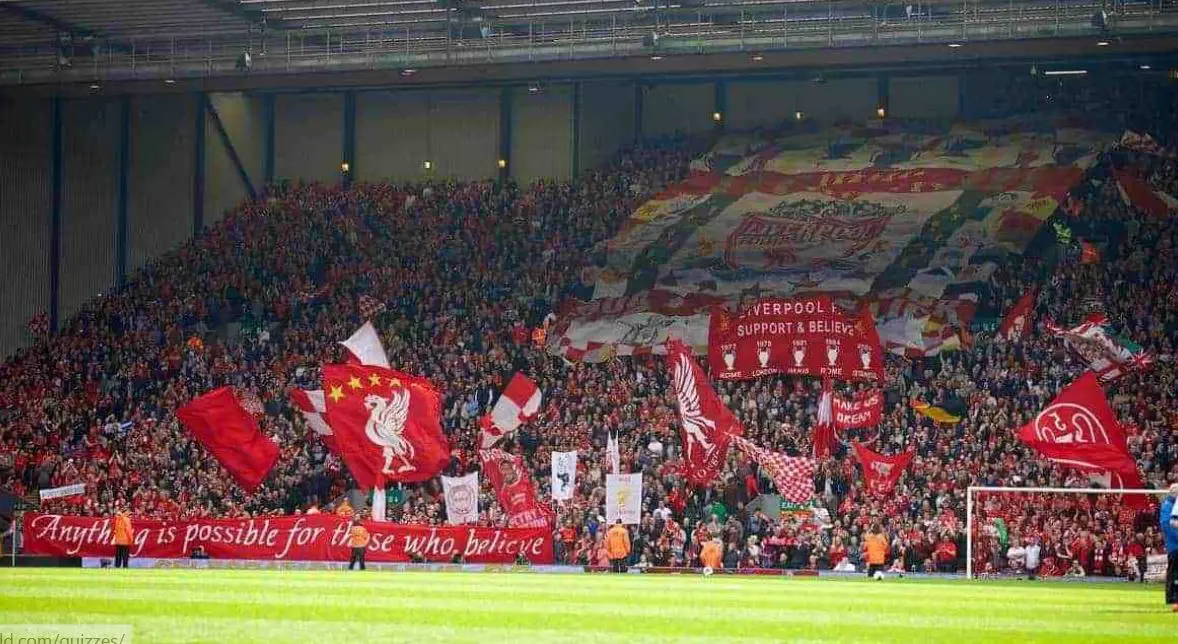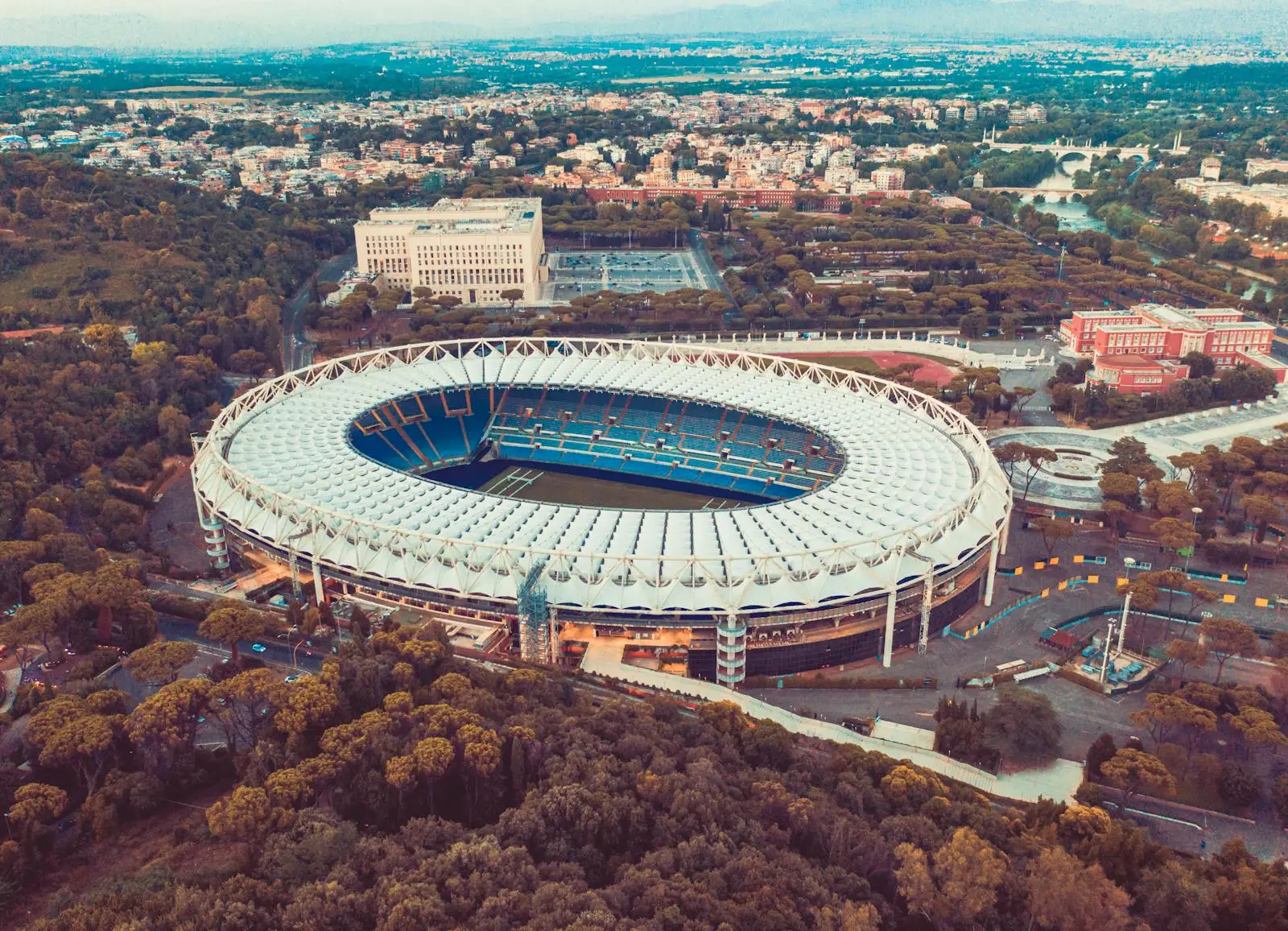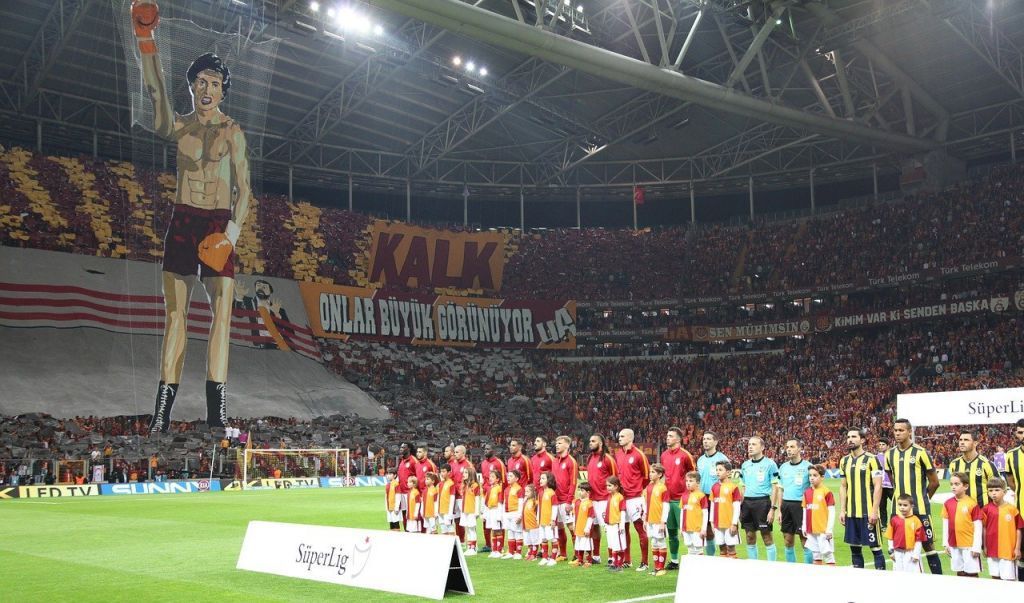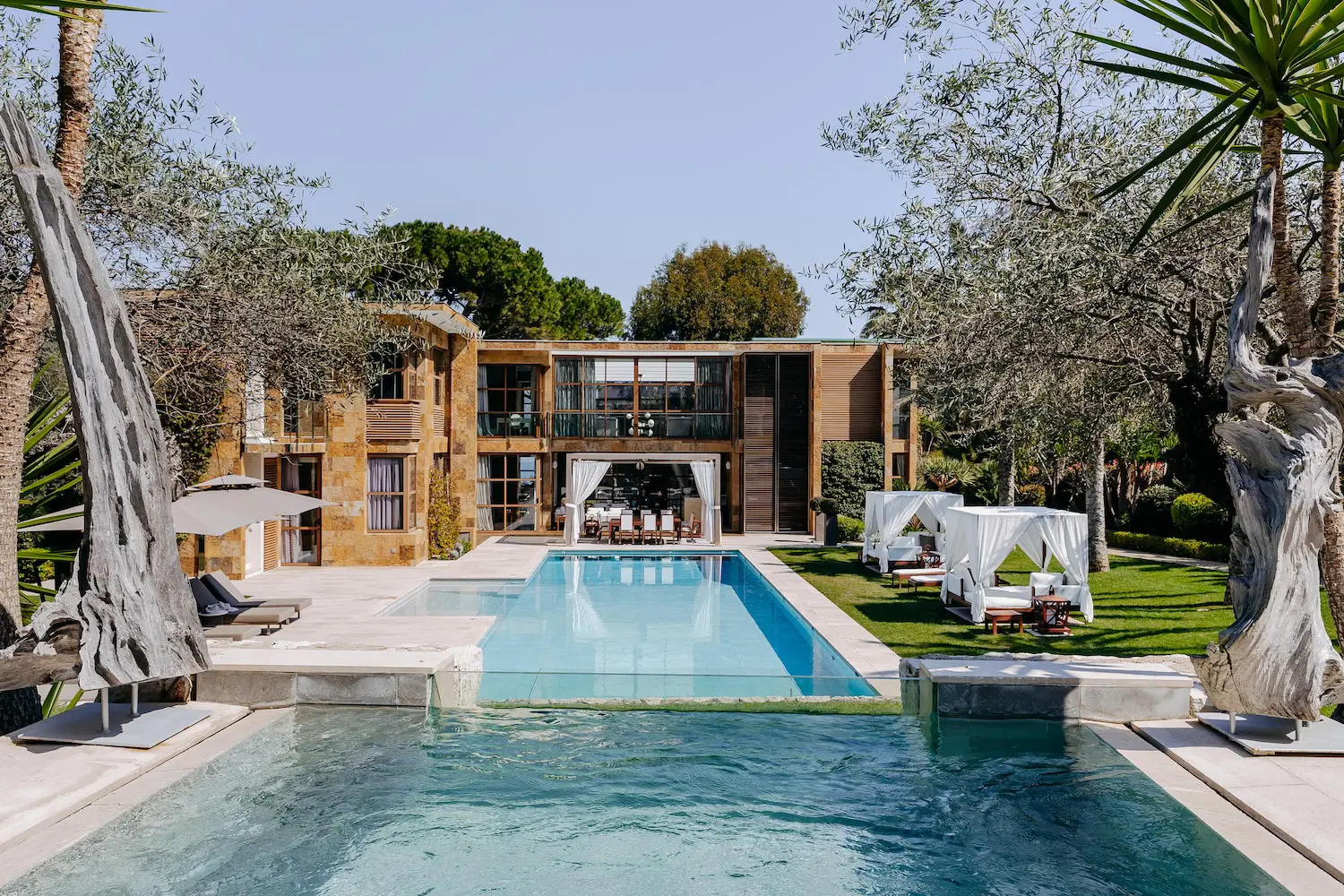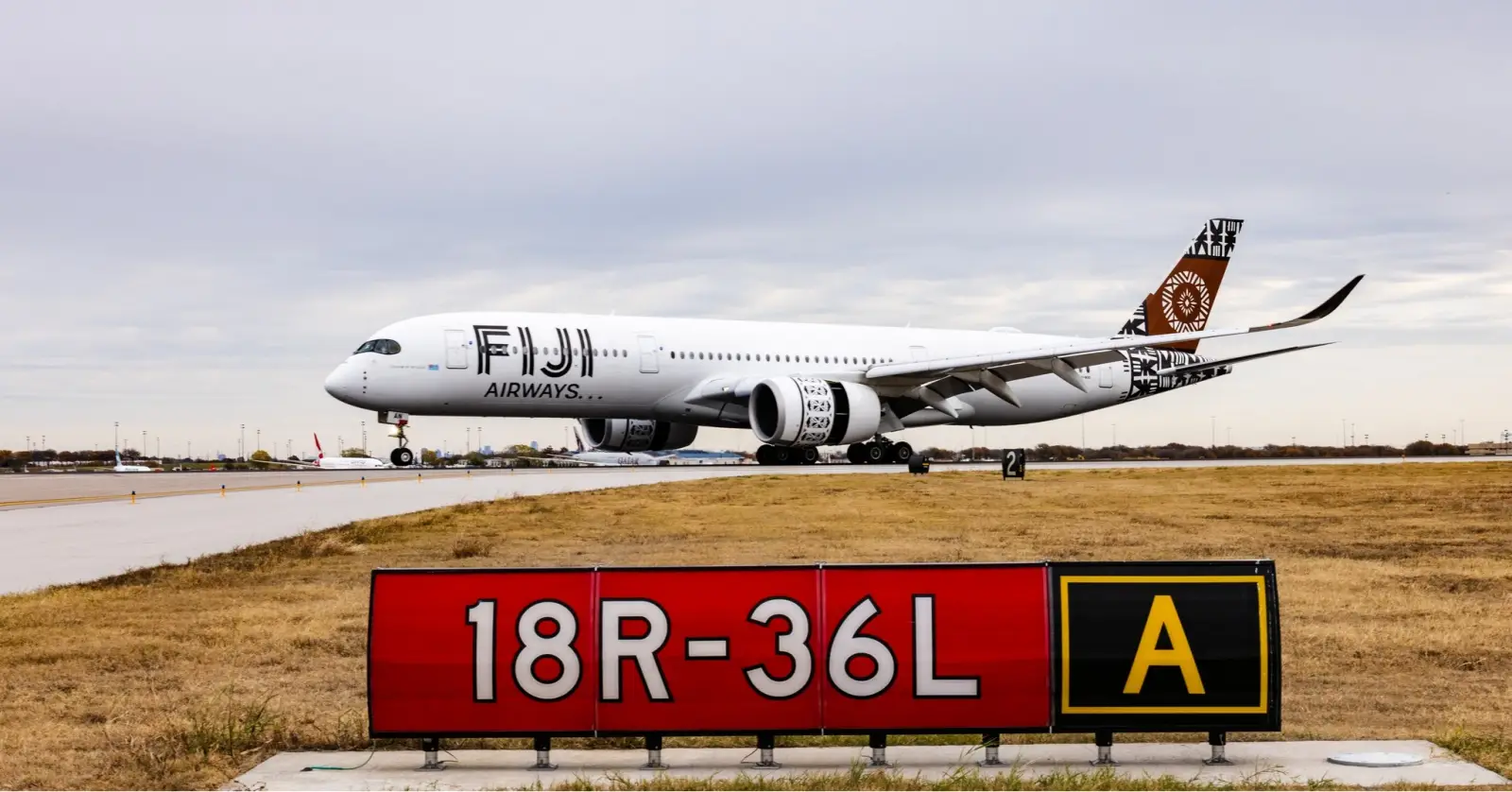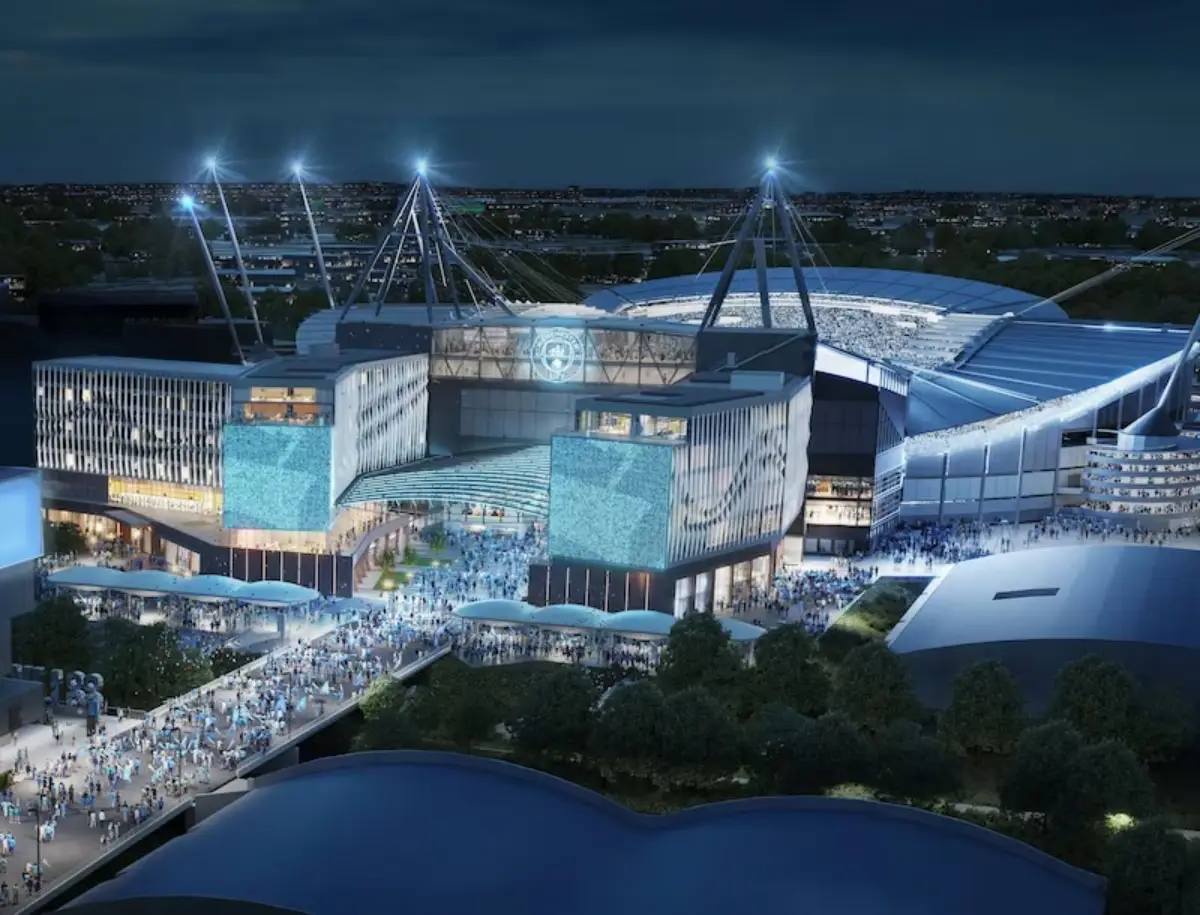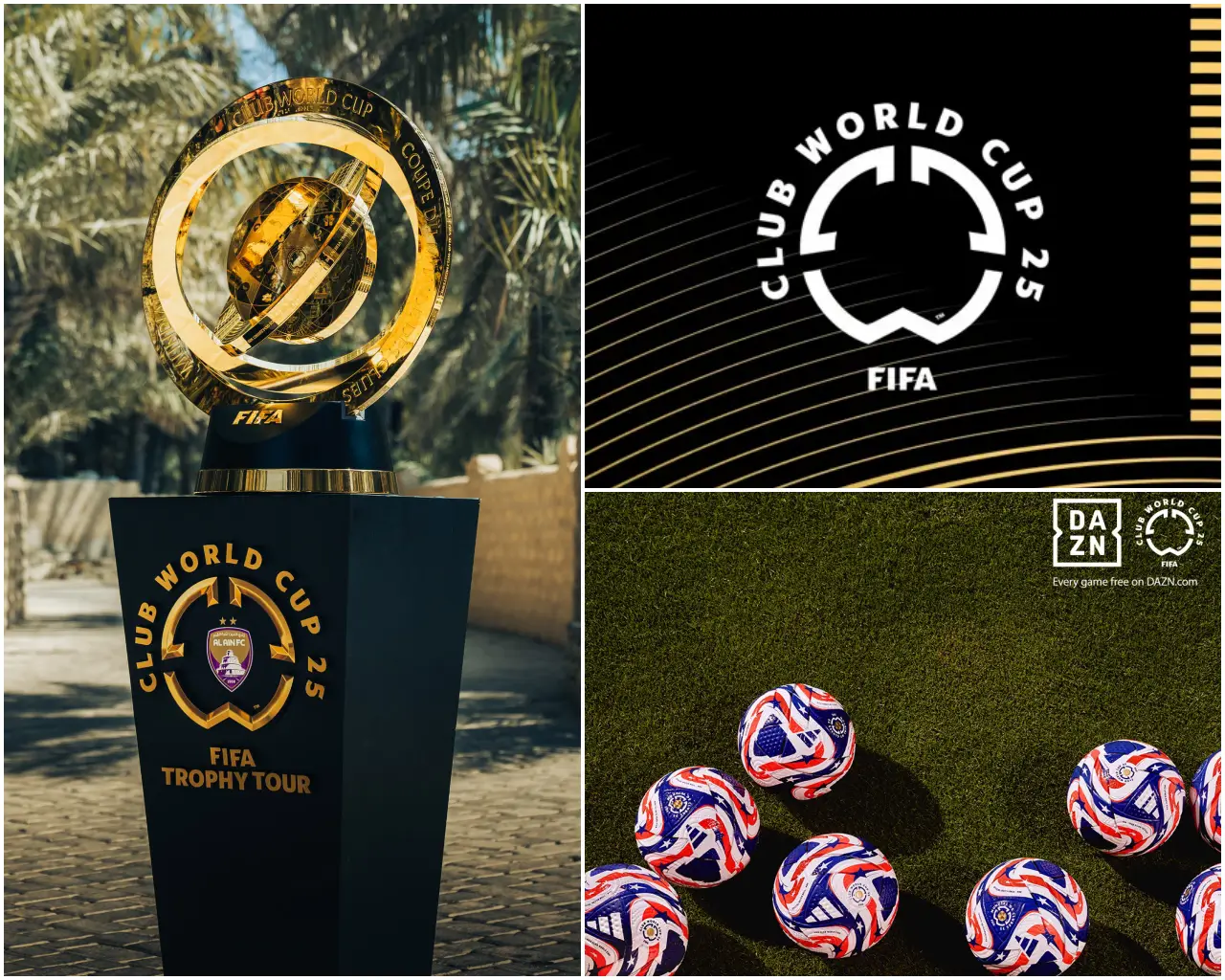If you’re a football fan with a case of wanderlust, there’s no better adventure than to travel to Europe for football and experience the game where it’s truly celebrated. Imagine exploring iconic cities, diving into rich cultures, and experiencing legendary stadiums—while soaking in the energy of match day. Whether you’re chasing Champions League dreams or soaking up local derbies, these football-focused city breaks deliver excitement both on and off the pitch.
So, pack your jersey, grab your scarf, and get ready—because here are some of the best cities in Europe where football fever and travel vibes come together in perfect harmony.
Madrid, Spain: Where Legends Are Made
First up, let’s talk about Madrid. If you’ve ever dreamed of watching world-class football while nibbling on tapas and soaking up some Spanish sun, this is your spot. Home to two of Europe’s most successful clubs—Real Madrid and Atletico Madrid—Madrid isn’t just a city, it’s a shrine for football lovers.
Real Madrid has won more UEFA Champions League titles than any other club (15, to be exact). And then there’s Atletico, the passionate underdog with a fiercely loyal fanbase. Game days here are electric. Whether you’re catching a match at the iconic Santiago Bernabéu or the buzzing Metropolitano Stadium, you’re in for a show.
But Madrid offers more than just football. The food scene is incredible, with countless restaurants and tapas bars around every corner. Add in art museums, palaces, and sunny weather, and you’ve got the perfect recipe for a football vacation you’ll never forget.
Milan, Italy: Where Football and Fashion Collide
Milan may be Italy’s fashion capital, but for fans of the sport, it’s all about red and blue. That’s because the city is home to two of Europe’s most historic clubs: AC Milan and Inter Milan. And the best part? They both share the iconic San Siro Stadium, a cathedral of football that’s as much a symbol of the city as the Duomo itself.
Stepping into San Siro is like stepping into history. The atmosphere is electric, whether it’s derby day or a European night under the lights. The Milan Derby, known as the Derby della Madonnina, is one of the fiercest rivalries in the game, with fans painting the stadium in red-and-black or blue-and-black, depending on their allegiance. Between them, the two clubs have won 10 European Cups and nearly 100 trophies—so yeah, they’ve been busy making history.
But football is just one side of Milan’s charm. Spend your mornings wandering through art galleries, your afternoons sipping espresso in sleek piazzas, and your evenings diving into bowls of creamy risotto alla Milanese. There’s high fashion, historic charm, and serious football passion—all wrapped up in one unforgettable city.
Manchester, England: Rivalry, Glory, and the Spirit of the Game
If there’s one place in England that lives and breathes football, it’s Manchester. This northern powerhouse is home to Manchester United and Manchester City—two of the biggest names in the sport. Whether you’re a die-hard Red Devil or a proud Citizen, the city’s football heritage is impossible to ignore.
Old Trafford, nicknamed the “Theatre of Dreams,” is steeped in history and tradition. Meanwhile, the Etihad Stadium reflects City’s modern dominance and innovation, with world-class facilities and an exciting style of play. Between them, the clubs have produced countless legends and unforgettable moments.
But Manchester isn’t just about what happens on the pitch. It’s a city of buzzing music venues, edgy street art, and cozy pubs where locals love to debate the weekend’s match. Throw in the Northern Quarter’s creative vibe and a plate of fish and chips, and you’ve got yourself a football weekend to remember.
Munich, Germany: Where Excellence Meets Tradition
Munich doesn’t just win—it dominates. This southern German city is the proud home of FC Bayern Munich, one of the most successful football clubs in history. With a trophy cabinet that’s bursting at the seams and a fanbase that spans the globe, Munich is a must-visit for anyone who loves the game.
Matchdays at the Allianz Arena are a spectacle. With its glowing, color-changing exterior and world-class facilities, it’s one of the most visually striking stadiums in Europe. Inside, over 75,000 fans create a sea of red, singing, clapping, and celebrating every moment of Bayern brilliance. Whether it’s Bundesliga action or a Champions League night, the energy is unforgettable.
Beyond football, Munich offers a perfect blend of culture, comfort, and charm. Think beer gardens, mountain views, and centuries-old architecture. Stroll through the English Garden, snack on a pretzel in Marienplatz, and top it off with a cold stein at a local brewery. Munich is where football greatness meets Bavarian soul—and the result is something special.
Lisbon, Portugal: Sun, Sea, and Stadiums
Warm weather, welcoming locals, and football history—Lisbon is a city that knows how to host fans. With Benfica and Sporting Lisbon at the heart of its football scene, the Portuguese capital offers a unique blend of old-world charm and modern football flair.
Both clubs have a proud tradition, and while the Portuguese league isn’t always in the spotlight, these teams punch above their weight. Sporting Lisbon’s academy, for example, produced global icons like Cristiano Ronaldo and Luis Figo. Benfica has nurtured stars like Ángel Di María and Rúben Dias. That’s serious pedigree.
Lisbon is also ideal for travelers. The stadiums are close to the airport, the food is delicious (pastéis de nata, anyone?), and the scenery is stunning—from historic Alfama to the colorful streets of Bairro Alto. A game, a walk along the Tagus River, and a sunset over the 25 de Abril Bridge? Pure bliss.
London, England: Stadiums, Style, and Serious Matchday Buzz
London is a football fan’s playground. With more top-tier clubs than any other city in Europe, this sprawling metropolis is home to Arsenal, Chelsea, Tottenham Hotspur, West Ham, Crystal Palace, and more. No matter the weekend, there’s always a big match in town.
The Emirates Stadium dazzles with its modern design and Arsenal’s rich history. Over in west London, Stamford Bridge oozes tradition and the fierce spirit of Chelsea’s loyal supporters. Tottenham’s new stadium is one of the most advanced in the world, and London Stadium, home to West Ham, offers a massive fan experience in the heart of East London.
Beyond the pitch, London offers everything: historic landmarks, food from every corner of the world, buzzing nightlife, and endless things to see and do. You can tour stadiums by day, then watch a show in the West End by night. It’s a dream destination where football meets culture at every turn.
Liverpool, England: Where Passion Runs Deep
Liverpool doesn’t just play football—it feels it. This iconic northern city is home to two historic clubs: Liverpool FC and Everton FC, whose stadiums—Anfield and Goodison Park—sit barely a mile apart, divided by a park and decades of rivalry.
Few stadiums on Earth can match the energy of Anfield on a matchday. The roar of “You’ll Never Walk Alone” echoing through the stands is enough to give even neutral fans goosebumps. Over at Goodison Park, the passion runs just as deep, with loyal Blues filling the stands with song and pride.
Off the pitch, Liverpool shines with its friendly locals, legendary music scene (hello, Beatles!), and waterfront charm. Add in some proper pub food and a pint before kickoff, and you’ve got the kind of football experience that stays with you long after the final whistle.
Glasgow, Scotland: Fierce Rivalries and Unbreakable Loyalty
Head north to Glasgow, and you’ll find a football culture unlike anywhere else. This is the home of the legendary Old Firm Derby—the epic clash between Celtic and Rangers that splits the city in two and sets hearts racing across Scotland and beyond.
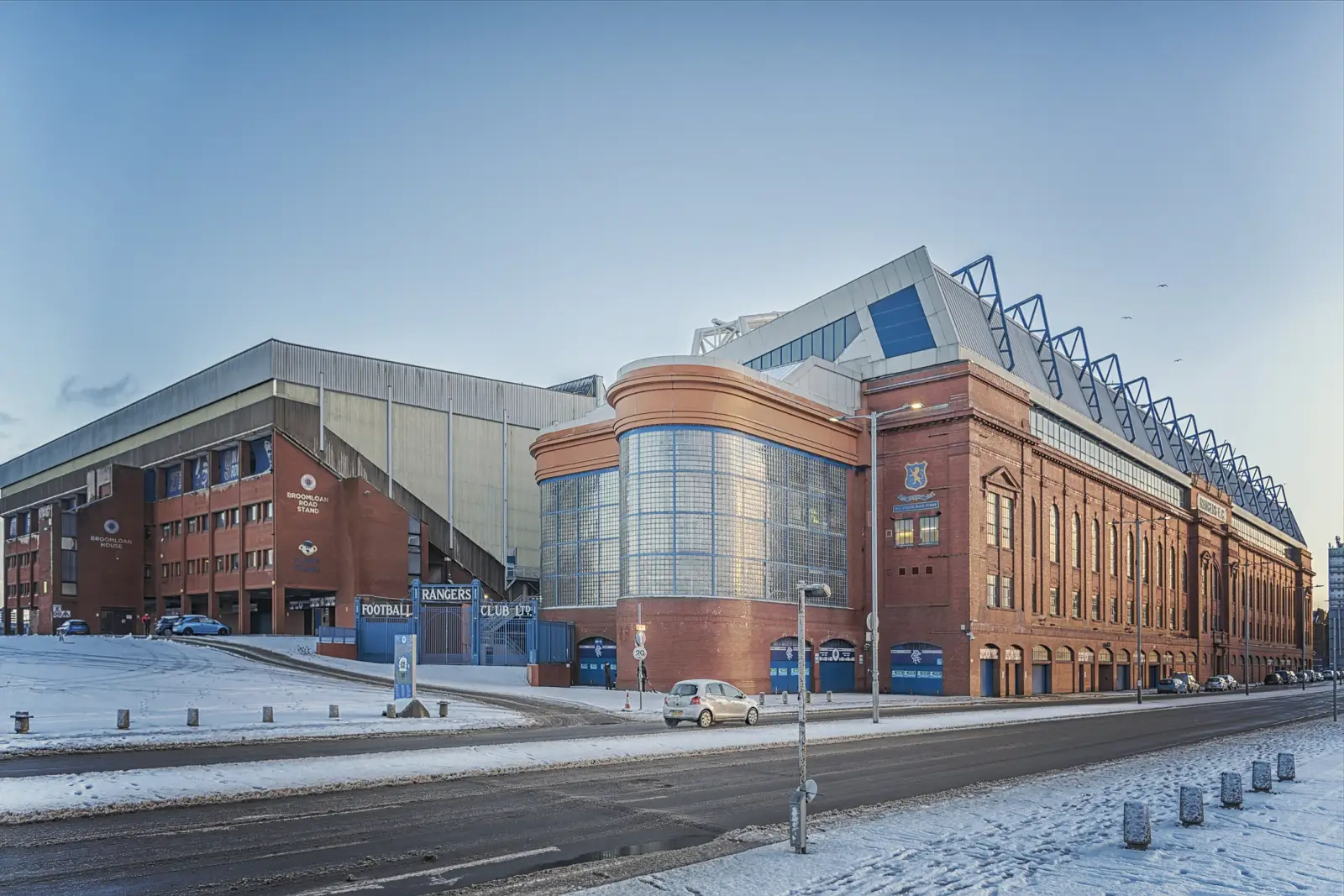
Celtic Park and Ibrox Stadium are iconic in their own right, each packed with generations of fans who live for the game. When these two teams meet, the atmosphere is electric, emotional, and unforgettable. Even if you’re not picking sides, catching a match in Glasgow is a true rite of passage for any football lover.
The city itself is gritty, vibrant, and full of heart. From Victorian architecture to hip cafés and rowdy pubs, Glasgow offers a real taste of Scottish spirit—with football running through every street.
Rome, Italy: Where Rivalry Rules
Few rivalries burn hotter than the one between Roma and Lazio. Both clubs share the Stadio Olimpico, a massive arena that can host over 70,000 fans—and when these two teams meet, the city shakes with passion.
Rome ranks high for its football atmosphere, but also for everything else it offers. It’s hard not to be swept away by the city’s beauty. Between sips of espresso and slices of pizza, you’ll be wandering through ancient ruins, marveling at the Colosseum, and tossing coins into the Trevi Fountain.
While the stadium is a bit of a trek from the airport, it’s worth every minute of the journey. Whether you’re cheering for Roma’s yellow and red or Lazio’s sky blue, you’ll feel the intensity from the stands. Just make sure you brush up on your chants beforehand—Roman fans are some of the most vocal in the world.
Istanbul, Turkey: A Crossroads of Cultures—and Clubs
Straddling two continents, Istanbul is a feast for the senses—and a football haven. With four major clubs (Galatasaray, Fenerbahçe, Beşiktaş), the city lives and breathes football.
Matches here are a spectacle. Flares light up the night, chants echo through the streets, and rivalries get intense. The Intercontinental Derby between Galatasaray and Fenerbahçe? That’s one for the bucket list.
Beyond the stadiums, Istanbul offers ancient mosques, bustling bazaars, and incredible cuisine. You can start your day with a cruise on the Bosphorus and end it chanting with fans in a packed stadium. Football here isn’t just a sport—it’s a way of life.
Barcelona, Spain: Where Style Meets Skill
Barcelona is more than a city—it’s a footballing institution. Even with recent changes, FC Barcelona remains one of the most iconic clubs in the world. Though Camp Nou is undergoing renovations, the excitement hasn’t died down.
This city is a dream for travelers. You’ve got beaches, Gaudí architecture, vibrant neighborhoods like El Raval and Gràcia, and a laid-back vibe that’s hard to beat. Even if there’s no match on, the Barça museum and stadium tour are totally worth it.
And let’s not forget the food: from seafood paella to cava, Barcelona knows how to serve up good times. Football, culture, and coastal charm? Say no more.
Athens, Greece: Where Passion Burns Bright
Athens doesn’t just host football—it lives it with intensity. This ancient city is home to some of Greece’s most storied clubs, including Olympiacos, Panathinaikos, and AEK Athens, each backed by fiercely loyal fans and decades of heated rivalries.
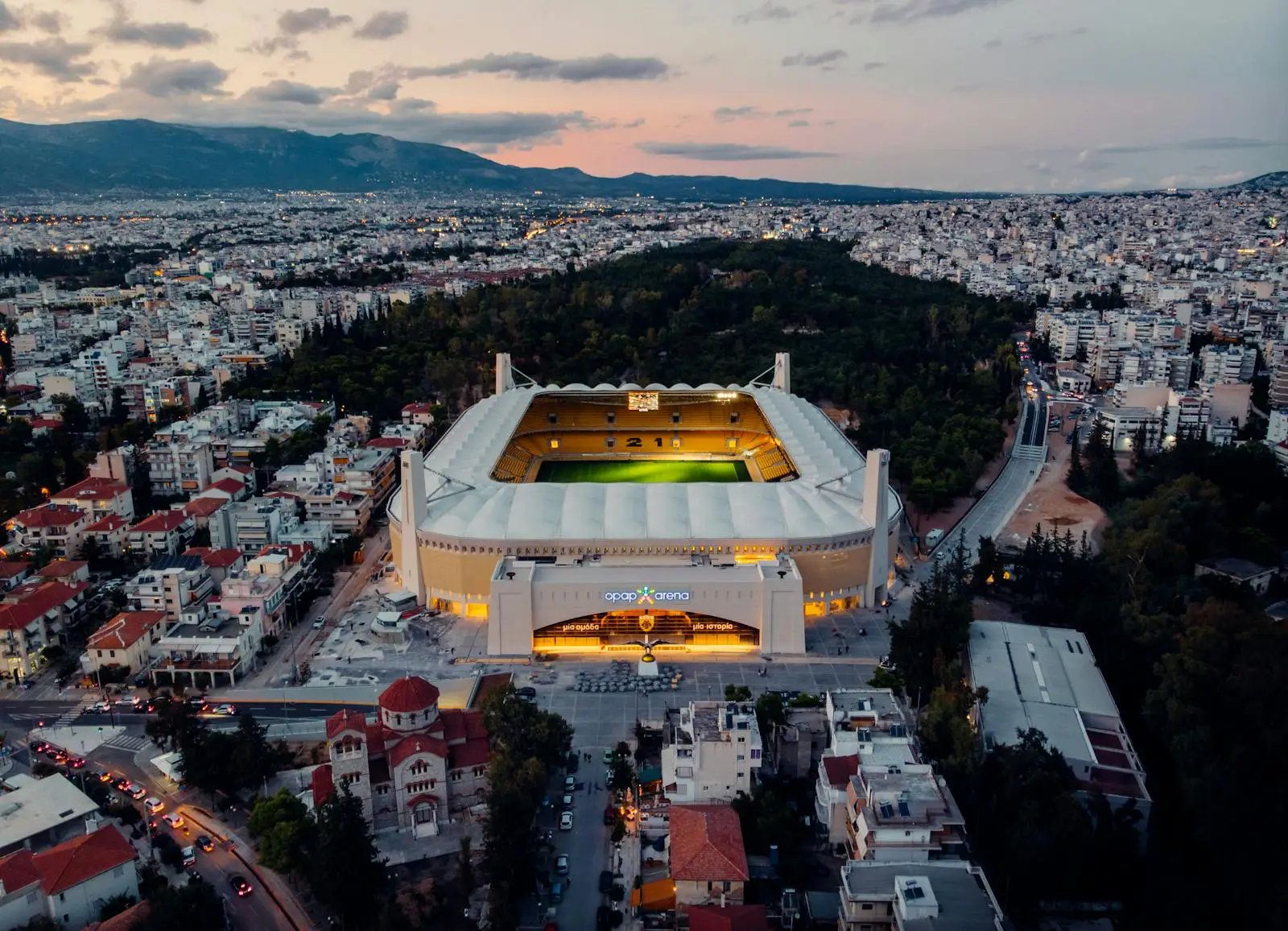
Matchdays in Athens are electric. Whether you’re in the stands at Karaiskakis Stadium, feeling the fire of Olympiacos ultras, or witnessing a derby at the OPAP Arena or Apostolos Nikolaidis Stadium, the atmosphere is pure adrenaline. Chants echo through the air, flares light up the night, and every goal is celebrated like a national holiday.
Off the pitch, Athens is just as unforgettable. Wander through ancient ruins like the Acropolis, snack on warm souvlaki from a street vendor, or sip a frappe in a sun-drenched square. The city blends history and energy in a way that few places can—and when football enters the mix, it’s nothing short of magical.
Paris, France: Lights, Love, and PSG
Paris may be known for romance, but if you’re a football fan, it’s the home of Paris Saint-Germain that’ll steal your heart. With a star-studded lineup and a buzzing stadium atmosphere, PSG games at the Parc des Princes are anything but ordinary.
Paris is the kind of city where you can spend your morning at the Eiffel Tower, your afternoon at a sidewalk café, and your evening watching Mbappé work his magic on the pitch. It’s football with a French twist—and it’s magnifique.
Bonus Kicks: Cities You Might Not Expect
Don’t sleep on cities like Prague, Porto, and Amsterdam. They might not always dominate the headlines, but their football scenes are full of passion, history, and unforgettable energy.
In Prague, local derbies between Slavia, Sparta, and Bohemians bring the city to life, all set against a backdrop of gothic towers and cobbled streets. Porto’s Estádio do Dragão has hosted major European nights and is home to one of Portugal’s most decorated clubs. Meanwhile, Amsterdam’s Johan Cruyff Arena blends modern design with the storied legacy of Ajax, a club that’s produced some of the game’s greatest talents.
⚽ Matchday Tips for Football Fans in Europe
Traveling for a match in Europe is one of the most exciting things a football fan can do. To make the most of your experience—whether you’re watching Real Madrid at the Bernabéu or cheering on PSG at the Parc des Princes—here are a few smart tips to help you navigate the matchday madness with ease.
🎟️ 1. Buy Tickets Early
European games, especially derbies or Champions League matches, can sell out fast. Use official club websites or trusted partners—avoid resale sites unless you’re confident they’re verified.
🪪 2. Bring ID and Your Ticket (Printed or Digital)
Some stadiums require you to present an ID that matches your ticket name, especially in Italy and Spain. Keep a copy of your passport or ID on hand, and download your e-ticket in advance just in case mobile signal drops near the stadium.
⏰ 3. Arrive Early (Like, Really Early)
Security checks, big crowds, and last-minute delays are common. Aim to get to the stadium at least 90 minutes before kickoff. You’ll have time to soak in the pre-game atmosphere, grab a snack, and snap photos without rushing.
🧣 4. Dress the Part (But Carefully)
Wearing club colors is a great way to get into the spirit, especially in home sections. But if you’re sitting in a neutral or away section, avoid rival colors to stay respectful and safe—especially during local derbies.
🥤 5. Eat and Drink Before You Go In
Many stadiums have limited food options once you’re inside, and alcohol is often restricted or banned during matches. Hit up local bars, cafés, or food trucks around the stadium for a better experience and to mingle with fans.
📱 6. Learn a Chant or Two
Even if you’re not fluent in the local language, learning a few chants or cheers can go a long way. It’s a fun way to feel connected to the crowd and fully embrace the passion.
🚇 7. Use Public Transport
Most European stadiums are connected by metro, bus, or tram. Skip the taxi or car rental—traffic can be brutal post-match. Instead, buy a day pass for public transit and plan your route ahead of time.
📸 8. Respect the Fans—and the Moment
European football fans are passionate and intense. Don’t film people without their permission or act disruptive in ultras sections. Take it all in, enjoy the vibe, and stay respectful.
🏟️ Stadium-Specific Tips
Here are a few special tips to know for some of the most popular football stadiums in Europe:
Santiago Bernabéu & Metropolitano Stadium (Madrid)
- The Metropolitano Stadium is farther from the city center, so allow extra time for metro travel (Line 7).
- For both, use Google Maps or Madrid’s EMT app for the most up-to-date transit info.
San Siro (Milan)
- San Siro has a strict entry policy, especially for derbies. Make sure your ID matches the ticket exactly.
- There’s limited food inside, so eat beforehand at cafés near Lotto or San Siro metro stations.
- Stadium tours run during non-match days and are worth doing to soak in the history.
Allianz Arena (Munich)
- The stadium is located in the Fröttmaning district, about 10 km from the city center—take the U6 metro line directly to Fröttmaning station for the easiest access.
- Security is tight, and bag checks are thorough—small bags only, and ID may be required for ticket verification.
- Food and drinks inside are decent, but for an authentic experience, grab a pre-match bratwurst and beer at the fan zone outside the stadium.
- The FC Bayern Museum, located inside the Allianz Arena, is the largest club museum in Germany and worth visiting on non-match days.
Estádio da Luz & Estádio José Alvalade (Lisbon)
- Both Benfica and Sporting stadiums are easily reachable by metro.
- Estádio da Luz has a fantastic club museum that you can visit before the match.
- Lisbon’s stadiums are close to the airport, making them convenient even for short visits.
Stadio Olimpico (Rome)
- This stadium is 47 km from Rome’s main airport, so allow plenty of travel time on matchday.
- The Derby della Capitale (Roma vs Lazio) is high intensity—don’t wear rival colors.
- Get there early for security checks and soak in the Roman fan passion—it’s a must-see.
Fenerbahçe Stadium, Beşiktaş Stadium, Galatasaray Stadium (Istanbul)
- Istanbul has multiple major clubs, so always double-check which stadium you’re heading to.
- Traffic in Istanbul can be intense—use ferries or metro to avoid gridlock.
- The fan atmosphere is fiery and loud—earplugs might be helpful for sensitive ears!
Camp Nou (Barcelona)
- Camp Nou is currently under renovation, and FC Barcelona home games are being played at Estadi Olímpic Lluís Companys.
- The temporary stadium is on Montjuïc Hill, so be ready for a short uphill walk or take the funicular.
- Pre-match, grab a beer at Plaça d’Espanya and walk up with other fans.
Parc des Princes (Paris)
- Located in the 16th arrondissement, it’s easily accessible via Metro Line 9 (Porte de Saint-Cloud).
- For big matches (especially against Marseille), expect tight security and ID checks.
- Grab crepes or street food before heading in—inside options are pricey and limited.
Eden Arena & Generali Arena (Prague)
- Prague’s stadiums are smaller, but the atmosphere is intense.
- Eden Arena (Slavia Praha) is known for its close-to-the-pitch feel—amazing for photos.
- Public transit is easy to use, and a 24-hour transport pass is your best bet.
Estádio do Dragão (Porto)
- This modern stadium is well connected via Porto’s Blue Metro Line.
- The views from the upper tiers are stunning, especially during night games.
- Don’t miss the Porto museum and tour, even if you’re neutral—it’s well designed and interactive.
Johan Cruyff Arena (Amsterdam)
- Located near Bijlmer ArenA station, the stadium is super easy to access by train or metro.
- Ajax fans are friendly and enthusiastic—don’t hesitate to chat about the club’s proud history.
- The arena also hosts concerts, so matchday vibes may vary depending on the schedule.
Old Trafford & Etihad Stadium (Manchester)
- Both stadiums are easily accessible via Metrolink trams—Old Trafford via Old Trafford or Wharfside stops, and Etihad via Etihad Campus station.
- For big matches, plan to arrive at least 90 minutes early—trams can get crowded and security lines long.
- Old Trafford offers a fantastic museum and stadium tour, even on non-matchdays. Book in advance.
- The atmosphere around the Etihad is family-friendly, with City Square offering live music, food trucks, and pre-match entertainment.
Emirates, Stamford Bridge, Tottenham Hotspur & London Stadium (London)
- Use the Tube for easy access:
- Emirates: Arsenal (Piccadilly Line)
- Stamford Bridge: Fulham Broadway (District Line)
- Tottenham: White Hart Lane (Overground) or Tottenham Hale (Victoria Line)
- London Stadium: Stratford Station (Central/Jubilee/Overground/DLR)
- Avoid driving—matchday parking is a nightmare across London.
- Arrive early to explore local fan zones and pubs (some are home-supporters only, so check before you go).
- Stadium tours are available for Arsenal, Chelsea, and Tottenham—great for non-match days.
Anfield & Goodison Park (Liverpool)
- Both stadiums are north of the city center. Buses or a taxi from Liverpool Lime Street are the best bet—walking takes 30–40 minutes.
- For Anfield, the official fan zone opens 3 hours before kickoff, with food, music, and live interviews.
- Don’t miss the Anfield museum and the Shankly statue. Book tours in advance if visiting on a non-matchday.
- Local pubs fill up fast—get there early if you want a pre-match pint with locals. Avoid wearing rival colors at derby games.
Celtic Park & Ibrox Stadium (Glasgow)
- Use the ScotRail or subway to avoid traffic—Celtic Park is near Dalmarnock station, Ibrox has its own Ibrox subway stop.
- The Old Firm Derby is one of the most intense in Europe—avoid wearing opposition colors unless in neutral seating.
- Both stadiums offer great tours, but tickets for derby matches sell out quickly, so plan ahead.
- Glasgow weather can be unpredictable—bring layers, especially for winter fixtures.
Karaiskakis Stadium, OPAP Arena & Apostolos Nikolaidis Stadium (Athens)
• Karaiskakis Stadium (Olympiacos) is located in Piraeus, just southwest of central Athens—take the Green Line (Metro Line 1) to Faliro Station, then walk a few minutes to the stadium.
• OPAP Arena (AEK Athens) is in Nea Filadelfeia and best reached by bus or train—expect a bit more travel time compared to central venues.
• Apostolos Nikolaidis Stadium (Panathinaikos) is the most central, near Ambelokipi Metro Station, and walkable from many city hotels.
• Security is strict for derby matches—carry ID, avoid large bags, and don’t wear rival team colors unless you’re in a neutral section.
• Food options inside are basic, so fuel up on gyros or souvlaki at local tavernas nearby before heading in.
• Atmosphere is intense, especially during derbies—arrive early to take it all in, but steer clear of the ultra sections if you’re a neutral.

